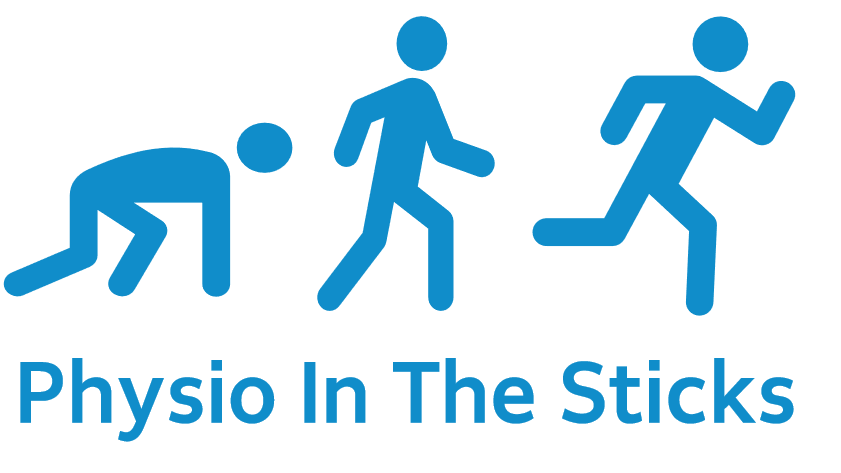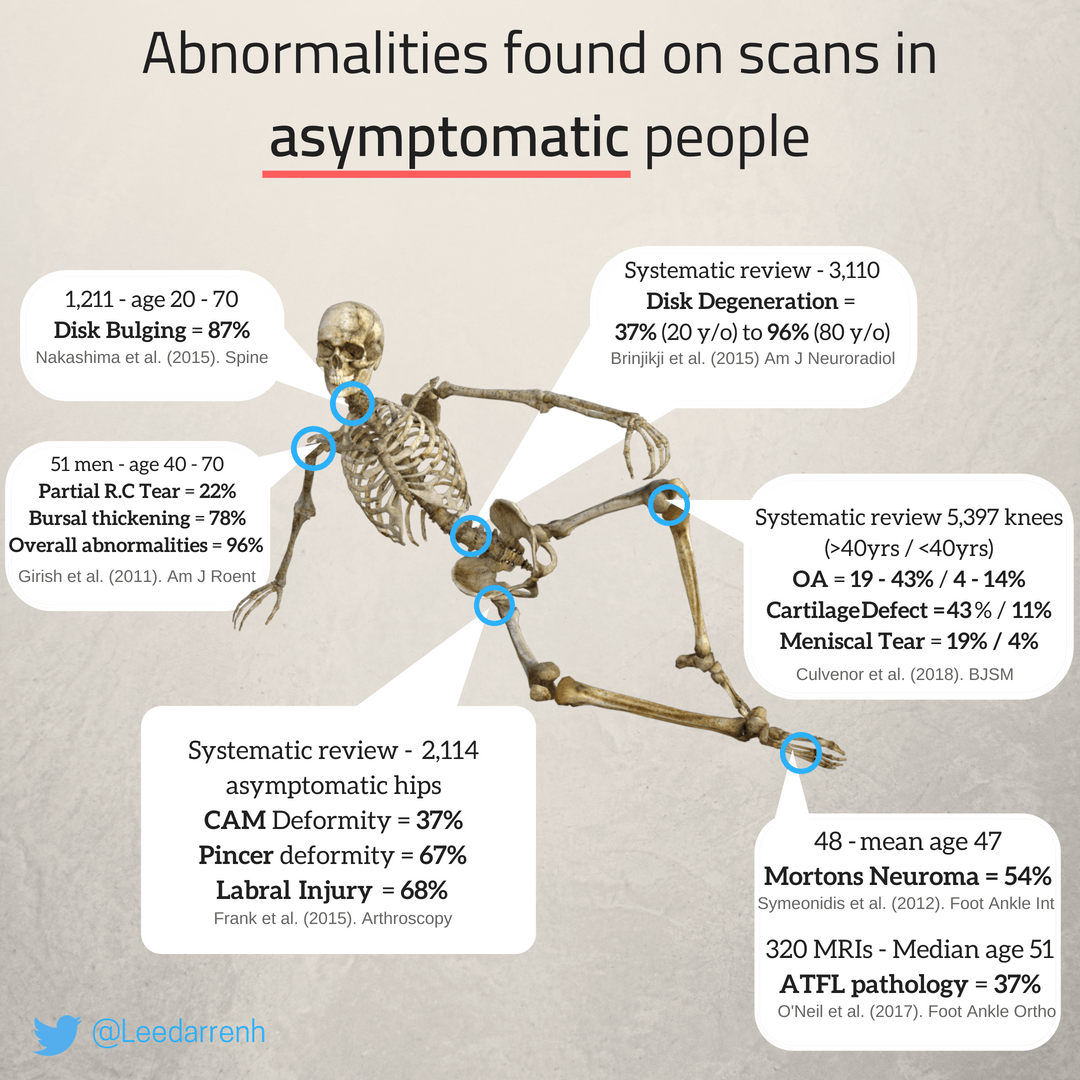07398495819
Physiotherapy 7 days a week
1. Back pain is not caused by a weak core
Weak core muscles do not cause back pain. In fact people with back pain often tense their core as a protective response - but that's like clenching your fist after you have sprained your wrist. Being strong is important when you need the muscles to switch on, but being tense all the time is not helpful. Learning to relax the core muscles whilst doing everyday tasks can be helpful.
2. Back pain is not caused by poor posture
How we sit, stand and bend does not cause back pain (and if your physiotherapist tells you otherwise - find a new one!) These activities may be painful. A variety of postures are healthy for the back. It is safe to relax during everyday tasks such as sitting, bending or lifting with a rounded back - in fact its more efficient.
3. Backs do not wear out with everyday loading and bending
The same way that lifting weights make backs stronger, moving and loading make the back stronger and healthier. So activities like running, twisting, bending and lifting are safe if you start gradually and practice regularly.
4. Getting older is not a cause of back pain
Although it is a widespread belief that getting older worsens back pain, research does not support this - and evidence based treatments can help you at any age!
5. Scans rarely show the cause of back pain
Scans are only helpful for a minority of people. Lots of scary sounding things can be reported on scans, such as disc bulges, protrusions, degeneration, arthritis. Unfortunately these reports don't say that these findings are very common in people without back pain and they don't predict how much pain you feel or how disabled you are. Scans can also change. Most disc prolapses shrink over time.
The graphic below by Lee Higginbotham shows how many people without pain (asymptomatic) had abnormalities on scans. Disc bulges and disc degeneration may be mentioned on an MRI report but they may not be causing pain.
6. Pain with exercise and movement does not mean you are doing harm
When pain persists, it is common for the the spine and surrounding muscles to become sensitive to touch and movement. The pain you feel during movement reflects how sensitive your structures are - not how damaged you are. So it is safe and normal to feel some pain when you start to move and exercise. This settles down with time as you get more active. In fact exercise and movement are the most effective ways to help treat back pain.
7. Persistent back pain can be scary, but it is rarely dangerous
It can be distressing and disabling but its rarely life threatening and you are very unlikely to end up in a wheelchair
8. Persistent back pain is rarely associated with serious tissue damage
Backs are strong. If you have had an injury, tissue healing occurs within 3 months, so if pain persists past this time it usually means there are other contributing factors. A lot of back pain begins with no injury or with a simple everyday movement. These occasions may relate to stress, fatigue, inactivity, unaccustomed activity which makes the back sensitive to movement and loading.
9. Pain flare-ups do not mean you are damaging yourself
While pain flare ups are scary and painful, they are not usually related to tissue damage. The common triggers are things like poor sleep, fatigue, stress, tension, worries, low mood, unaccustomed activity or inactivity. Controlling these factors can help prevent exacerbations and if you have a pain flare-ups instead of treating it like an injury - try to stay calm, relax and keep moving.
10. Injections, surgery and strong drugs usually aren't a cure
Spinal injections, surgery and strong drugs like opioids aren't very effective for back pain in the long term. They come with risks and unhelpful side effects. Finding low risk ways to put you in control of your pain is key.
These back facts were developed after extensive evidence based research by Peter O'Sullivan, JP Caniero, Kieran O'Sullivan, Mary O'Keefe, Kevin Wernli, BJSM approved
All Rights Reserved | Physiointhesticks



